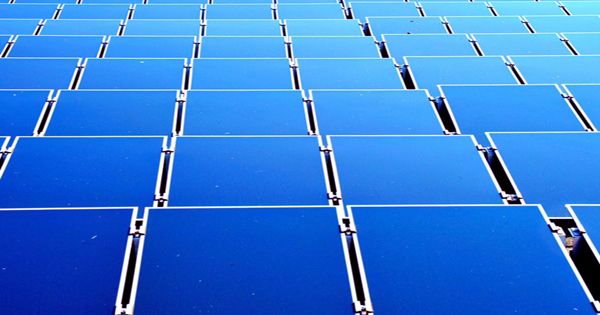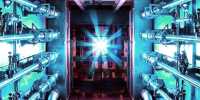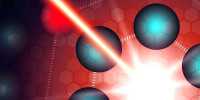Scientists have found a way to convert this low-energy radiation into something that converts silicon cells into electricity, Most of the radiation from solar panels on Earth cannot be captured by existing solar panels for the first time. The skills displayed so far are very low, but the responsible team thinks it will change so it would represent another step towards solar power so cheap fossil fuels cannot compete.
The key to upconversion is that the first low-energy first photons for crystals are kept long enough to reach the second so that they can come together. Nevertheless, some materials absorb long-wavelength low-energy photons and combine them for release with shorter wavelengths, a process known as transformation. Scientists have previously created crystals that combine the energy of two near-infrared photons to form a yellow.
It is harder to convert low energy photons to high energy, going the other way. Most objects absorb high-energy (short-wavelength) electromagnetic radiation and emit heat of longer wavelengths.
Tim Schmidt, a professor at the University of New South Wales, wants to do something even more effective: Below the silicon, bandgap to convert very low-energy distant infrared photons held by technically known silicon solar cells. Unfortunately, this is much more difficult. While an exciting demonstration of what is possible, that research and others like it, we cannot see all the radiation used beyond.
Schmidt told IFLScience, “There is a general law that the lifespan of an agitated state decreases significantly with its power.” So the less energy you try to hold, the harder it is to hold on until new photons arrive.
Nevertheless, Schmidt and co-authors announced at Nature Photonics that they had, for the first time, received converted radiation beneath the silicon bandgap. Part of the mystery that surprised them was adding oxygen, which interferes with the higher energy to store energy from the first incoming photons.
Currently, distant infrared sunlight travels through solar cells. The idea is to cover their backs with an upconverting material and then use them to return to higher energy light. If done perfectly, Schmidt told IFLScience, it would increase the maximum possible portion of sunlight silicon solar cells from 29 percent to 38 percent. The benefits of emerging solar technologies, such as perovskites, can be almost huge. There may be other uses for the same technology, for example, silicon in charge-coupled device cameras making the sensor remote.
Nevertheless, higher efficiency solar cells require less land, installation, and mounting, and these savings exceed the cost of adding an upconverting layer, helping to further reduce the cost of solar energy. Where space is limited, high-efficiency solar cells such as electric car roofs can open up entirely new markets. For utility solar farms and most roofs solar, the cost is the main component.
















